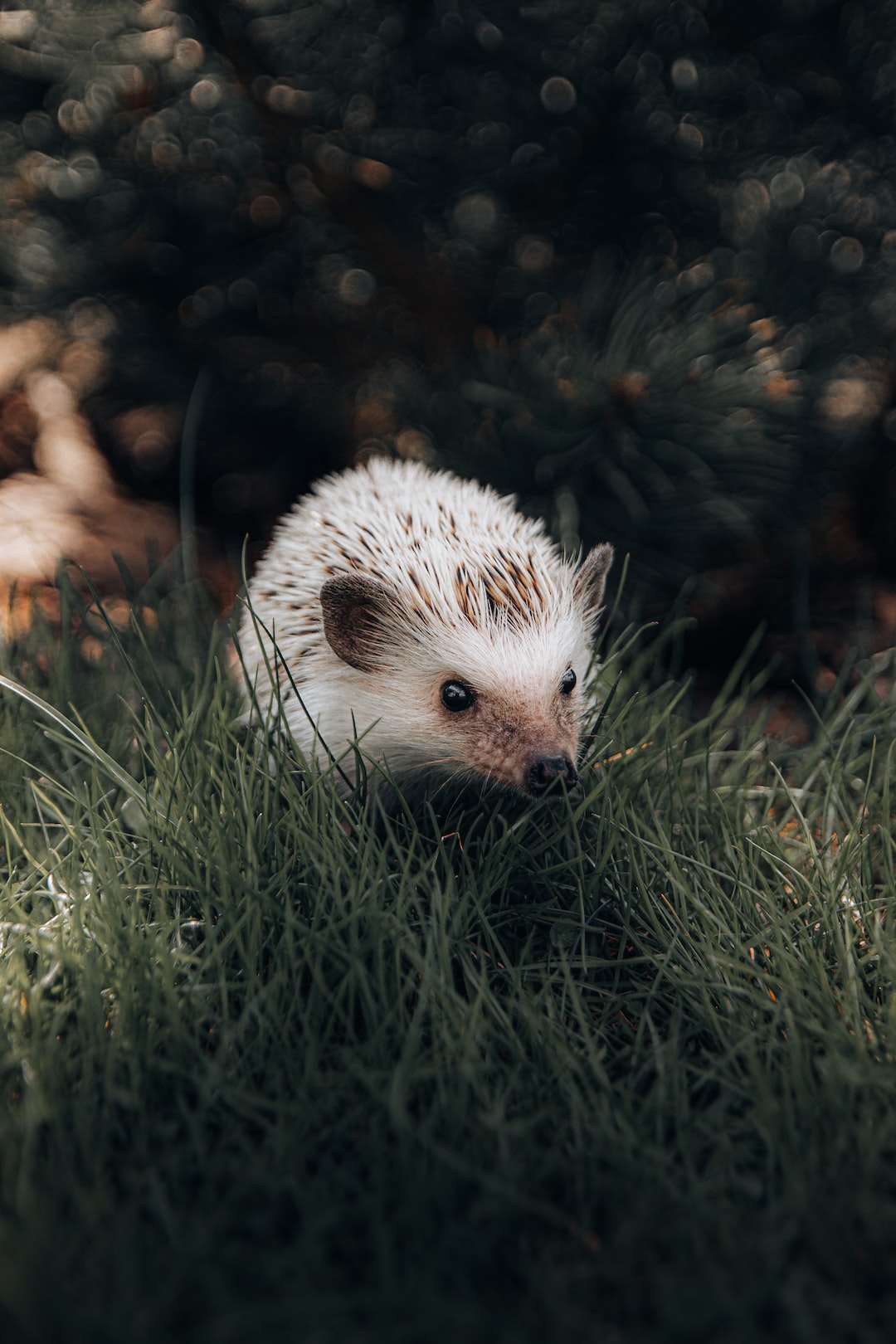How to Create a Safe Environment for your Pet at Home
As pet owners, it is our responsibility to ensure that our furry friends feel safe and protected in their homes. Creating a safe environment for your pet is essential to their overall well-being and can prevent accidents, injuries, or any potential harm. In this blog post, we will discuss some important tips on how to create a safe environment for your pet at home.
1. Remove toxic household items: Some everyday household items can be extremely toxic to pets. It is crucial to identify and eliminate any potential hazards, such as certain houseplants, cleaning products, medications, and foods that are toxic to animals. Keep all toxic substances securely locked away or out of reach, and be aware of any plants or products that could be harmful to your pet’s health.
2. Secure loose wires and cords: Cats and puppies are particularly curious creatures and may be tempted to chew on loose wires or cords, which can result in electrical shocks or choking hazards. It is highly recommended to secure any loose wires or cords by using cable covers, cord concealers, or by neatly wrapping them and keeping them out of reach.
3. Choose safe and durable toys: Pets, especially dogs, love to play, chew, and explore their surroundings. Ensure that all toys are made of safe, non-toxic materials and are size-appropriate for your pet. Avoid toys with small parts that could be easily chewed off and swallowed. Regularly inspect toys for damage and replace them if needed to prevent any potential choking hazards.
4. Set up designated pet-friendly areas: To create a safe environment for your pet, establish specific areas that are pet-friendly while restricting access to areas that could be potentially dangerous. For example, keep your pet out of the kitchen during meal prep to prevent them from getting burned or ingesting harmful foods. Create a designated sleeping area or a comfortable crate where they can retreat to when they need rest or privacy.
5. Provide proper pet identification: Accidents happen, and sometimes pets can wander off or get lost. It is crucial to ensure that your pet is properly identified by using a collar with an up-to-date identification tag. Consider microchipping your pet as an additional form of identification, which can increase the chances of being reunited with them if they ever get lost.
6. Secure windows and balconies: Cats, in particular, can be curious climbers and may try to explore by jumping out of windows or balconies. To prevent any accidents, make sure all windows are securely screened, and keep balcony doors closed or install protective barriers.
7. Keep hazardous substances out of reach: Cleaning products, pesticides, medications, and chemicals should be stored securely in cabinets or high shelves where pets cannot access them. Be cautious when using any strong cleaning products around your pet, as they can be harmful if accidentally ingested or come into contact with their skin.
8. Regularly groom your pet: Regular grooming not only keeps your pet looking good but also contributes to their overall health and cleanliness. Brushing your pet’s coat can help remove loose hair and prevent matting, which can lead to skin problems. Additionally, regular nail trimming can prevent painful ingrown nails or scratches, both for your pet and for yourself.
9. Keep your pet mentally stimulated: An enriched environment helps prevent boredom and destructive behaviors. Provide your pet with interactive toys, puzzle feeders, and opportunities for physical exercise to keep them mentally and physically active. Mental stimulation and regular exercise are crucial for the overall well-being of your pet.
10. Create a secure outdoor space: If you have a fenced yard, it is essential to regularly inspect and maintain the fencing to ensure that there are no holes or weak spots where your pet could escape. Avoid leaving your pet unattended in the yard for extended periods, as unsupervised outdoor time can lead to accidents or exposure to potential dangers.
In conclusion, creating a safe environment for your pet at home requires attention to potential hazards, diligent monitoring, and a commitment to their well-being. By taking the necessary precautions and following these tips, you can provide peace of mind, knowing that your furry friend is safe and protected in their home.

